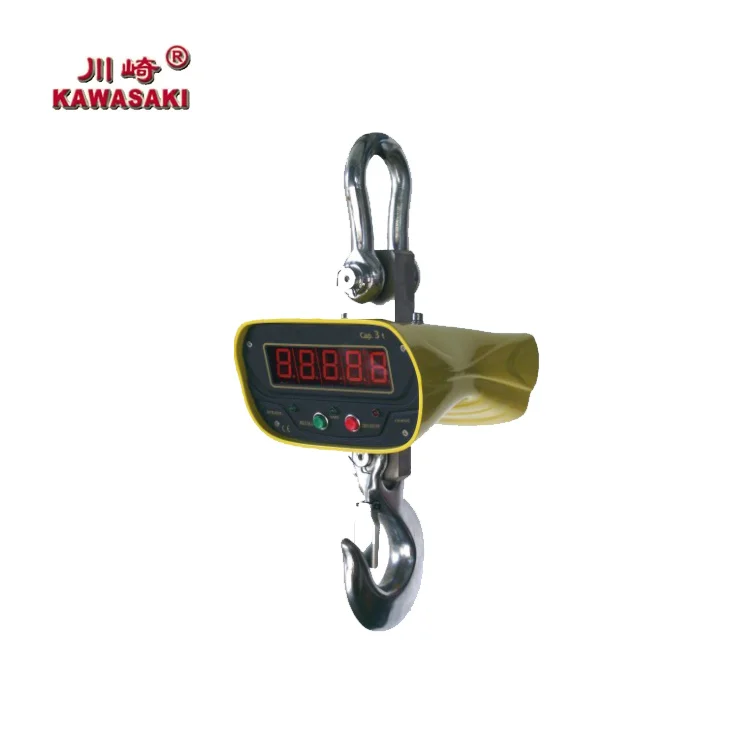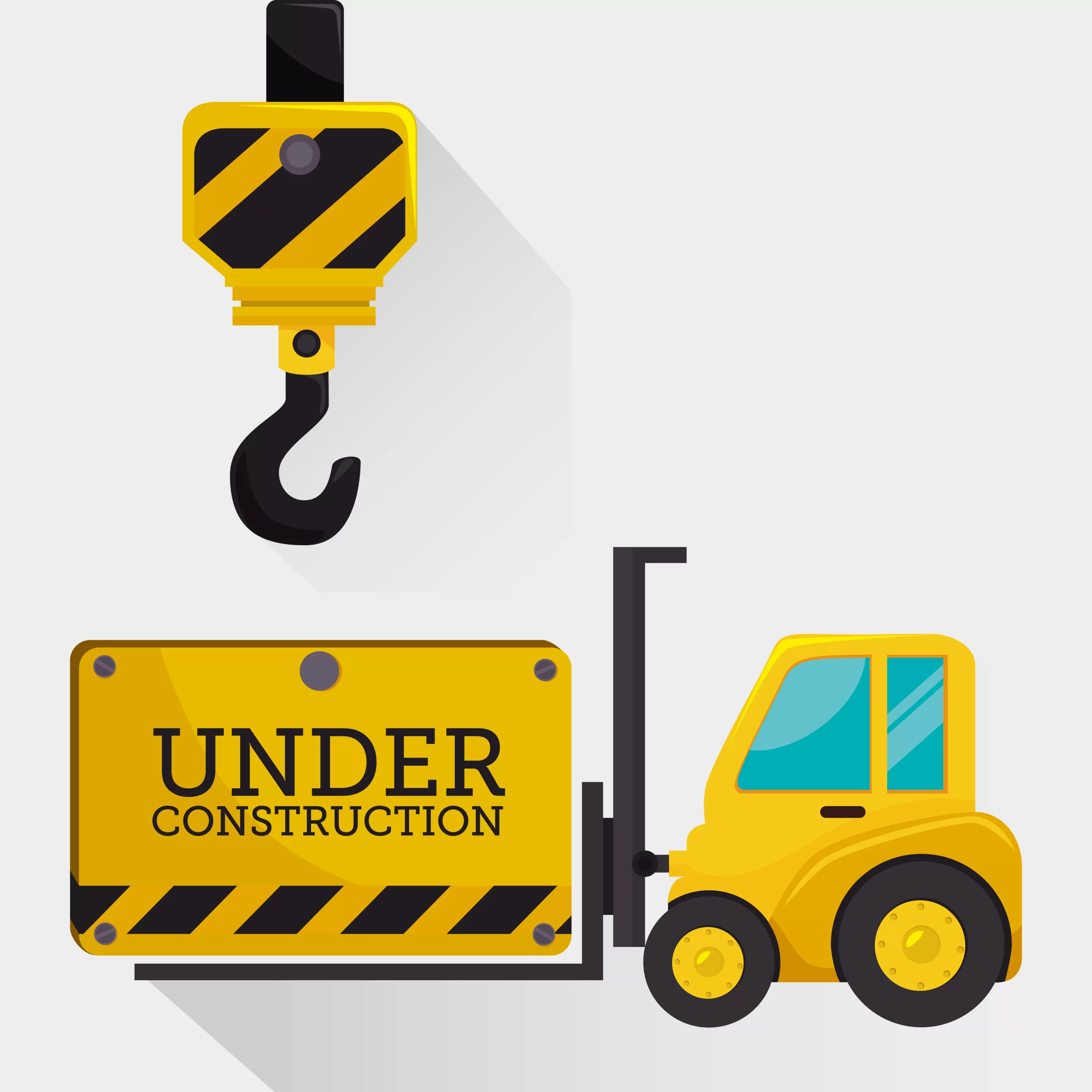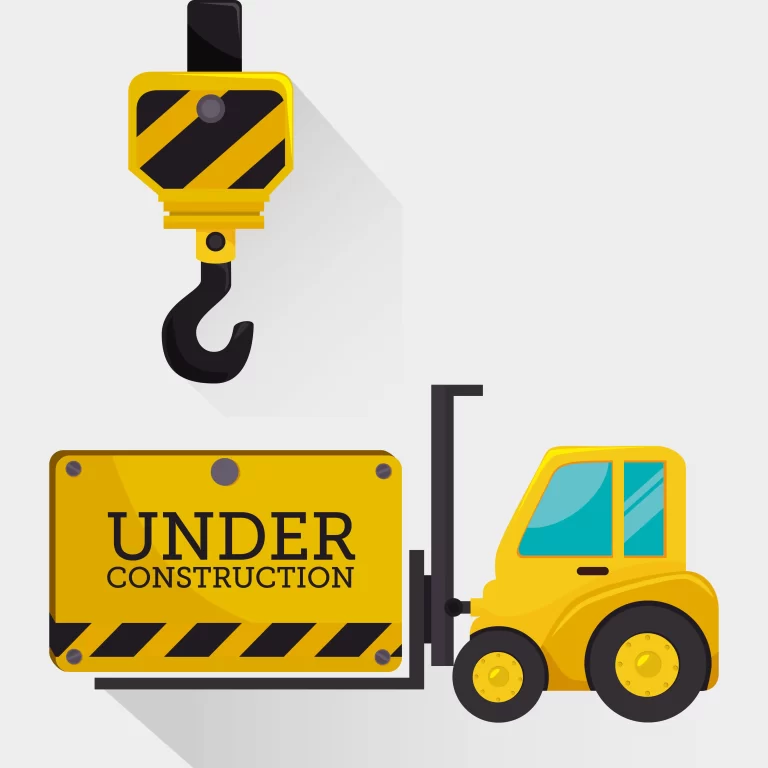Calibration in Digital Crane Scales is like fine-tuning a compass, ensuring spot-on weight readings. This precision anchors safety, compliance, and efficiency in fields like logistics and construction. Telltale signs of calibration woes include shaky readings or nagging errors. Harsh weather, worn parts, or misaligned settings can skew accuracy. To fix issues, inspect for damage, check calibration settings, and test with certified weights. For stubborn problems, update software or shield against environmental quirks. Routine care, compatible components, and top-notch features—like overload alerts or ISO certification—boost reliability. APOLLO’s Digital Crane Scales dazzle with pinpoint accuracy, custom designs, and stellar support. Diligent calibration and upkeep dodge costly errors, keeping operations steady as a rock.
What is Calibration in Digital Crane Scales?
Calibration breathes life into the precision of Digital Crane Scales. It’s like tuning a musical instrument to hit every note perfectly. This process ensures the scale delivers spot-on weight readings. Such accuracy is vital in bustling industries like logistics, manufacturing, and construction. Without it, measurements falter, leading to chaos. A well-calibrated scale stands as a trusty guardian, offering reliable data every time it’s used.
Why Does Proper Calibration Matter?
Proper calibration is the heartbeat of safe and efficient operations. It guarantees that Digital Crane Scales provide readings you can trust. In industries where every kilogram counts, this precision prevents mishaps. Imagine a construction site where a misjudged load causes a crane to falter—calibration averts such disasters. Moreover, it ensures compliance with strict regulations, keeping businesses on the right side of the law. Accurate measurements also streamline operations, saving time and money. A miscalibrated scale, however, is like a wayward compass. It leads to errors, costly mistakes, or even dangerous accidents.
How to Spot Calibration Issues?
Catching calibration problems early is like spotting a storm before it hits. Look for telltale signs that your Digital Crane Scale is off-key. Readings that waver unpredictably are a red flag. So are glaring differences when weighing certified test weights. If error codes flash on the display, trouble is afoot. Scales that struggle to zero out or demand constant recalibration also signal issues. These clues, when noticed promptly, save you from headaches and costly repairs. Staying vigilant keeps your operations humming smoothly.
What Factors Impact Calibration Accuracy?
Many elements can nudge a Digital Crane Scale’s accuracy off course. Environmental conditions, for instance, play a sneaky role. Swelteringly unbearable heat or bone-chilling cold can toy with sensor performance. High humidity, too, creeps in, meddling with delicate electronics. Physical damage is another culprit—think battered load cells or sensors that have seen better days. Incorrect settings, often from hasty user tweaks, also throw precision into disarray. Ignoring manufacturer guidelines during setup only worsens the trouble. Understanding these factors helps you shield your scale from their grip.

How Can You Troubleshoot Calibration Problems?
Troubleshooting is like detective work for your Digital Crane Scale. It starts with a keen eye and a methodical approach. Let’s break it down to ensure your scale sings true again.
Is There Physical Damage on Your Scale?
Begin by inspecting your scale with care. Check the load cells and sensors for any scars or wear. These components are the scale’s heart, pumping out accurate measurements. Damage here spells trouble. Next, examine the display unit and wiring. Frayed cables or cracked screens can garble readings or halt data flow. Swiftly addressing these flaws restores your scale’s dependability. A thorough check leaves no stone unturned.
Are Your Calibration Settings Correct?
Settings are the scale’s rulebook. If they’re amiss, accuracy suffers. Start by confirming whether factory defaults remain intact. These presets are crafted for peak performance under typical conditions. Then, hunt for user errors—perhaps settings tweaked carelessly during setup. Aligning everything with the manufacturer’s advice is like resetting a compass to true north. It guides your scale back to precision.
Have You Tested Using Certified Weights?
Testing with certified weights is a surefire way to gauge your scale’s truthfulness. Choose weights that suit your scale’s capacity for the best results. Compare the displayed reading to the known weight. Any glaring gaps signal a need for recalibration or deeper scrutiny. This step is like holding a mirror to your scale—it reveals the truth, plain and simple.
What Advanced Techniques Can Solve Persistent Issues?
Sometimes, basic fixes aren’t enough. Persistent problems demand clever solutions. Let’s explore advanced ways to bring your Digital Crane Scale back to its prime.
Could Software Errors Be Affecting Performance?
Software glitches can make your scale act like a grumpy old machine. Error codes flashing on the screen or quirky behavior often point to outdated firmware. Updating the software breathes new life into the system, aligning it with modern standards. If troubles linger, the manufacturer’s manual is your trusty map. It offers tailored steps to decode and fix specific error codes, ensuring smooth sailing.
Are Environmental Factors Influencing Accuracy?
The environment can be a mischievous foe. Scorching heat or icy chills cause materials to stretch or shrink, skewing sensor readings. High humidity sneaks into electronics, stirring up trouble. To outsmart these foes, keep your scale within recommended conditions. Protective enclosures act like sturdy shields, guarding against dust and moisture. Minimizing vibrations also steadies the scale, ensuring readings stay crisp and true.
Best Practices for Maintaining Accurate Calibration in Digital Crane Scales
Keeping your Digital Crane Scale in top form requires diligence. A thoughtful maintenance routine is the key to lasting accuracy and durability. Let’s dive into how to make this happen seamlessly.
How Can You Establish a Regular Maintenance Schedule?
A steady maintenance rhythm is like a heartbeat for your scale. Tailor inspections to how often the scale is used and the conditions it faces. Scales in rugged settings—think dusty warehouses or humid docks—need extra love. Clean sensors and load cells regularly to banish debris that clouds readings. Test with certified weights now and then to confirm precision. Keep a log of these efforts. It’s like a diary that reveals patterns and helps you stay ahead of trouble.
Why Should You Use Compatible Products for Enhanced Performance?
Compatibility is the glue that holds your scale’s performance together. Stick to accessories and parts that match the manufacturer’s specs. Load cells, cables, or displays that don’t fit can throw readings off or harm the system. For example, a replacement load cell must align with your scale’s capacity and sensitivity. Protective covers designed for your model act like tailored armor, shielding against environmental wear. Choosing the right parts ensures your scale runs like a well-oiled machine.
Recommendations for Choosing Reliable Digital Crane Scales
Picking the right Digital Crane Scale is like choosing a trusted partner for your operations. Focus on features and brands that deliver unwavering quality. Here’s what to keep in mind.
What Key Features Should You Look for in High-Quality Products?
Seek scales that shine with practical, robust features. Look for sturdy load structures and crisp displays, like 20mm LCD screens that glow even in dim light. Waterproof panels, overload alerts, and auto-shutoff functions add layers of safety and ease. Handheld indicators offer freedom for remote tasks, while zero/tare options bring versatility. Scales bearing certifications like ISO9001 promise reliability you can bank on. These traits make a scale not just a tool, but a cornerstone of your work.
Why Do APOLLO’s Digital Crane Scales Stand Out in the Market?
APOLLO crafts Digital Crane Scales that gleam with precision and toughness. Their engineering is like a symphony, blending accuracy with durability. Features like voltage displays and resolution switches tackle complex needs with ease. What truly elevates APOLLO is their devotion to customization. Their OEM/ODM services let clients shape products to fit unique demands. Add to that a one-year warranty and stellar after-sales support, and you’ve got a brand that stands by its promises. APOLLO doesn’t just sell scales—it builds trust.
FAQ
Q: How do environmental factors affect calibration?
A: Swelteringly unbearable heat or damp humidity can toy with sensor performance. Sticking to recommended conditions keeps these effects at bay.
Q: Can I use any replacement part for my Digital Crane Scale?
A: No. Only parts tailored to your scale’s model ensure accuracy and prevent harm.
Q: What is the advantage of using certified weights during calibration?
A: Certified weights are like a gold standard. They verify accuracy and ensure your scale meets industry rules.


